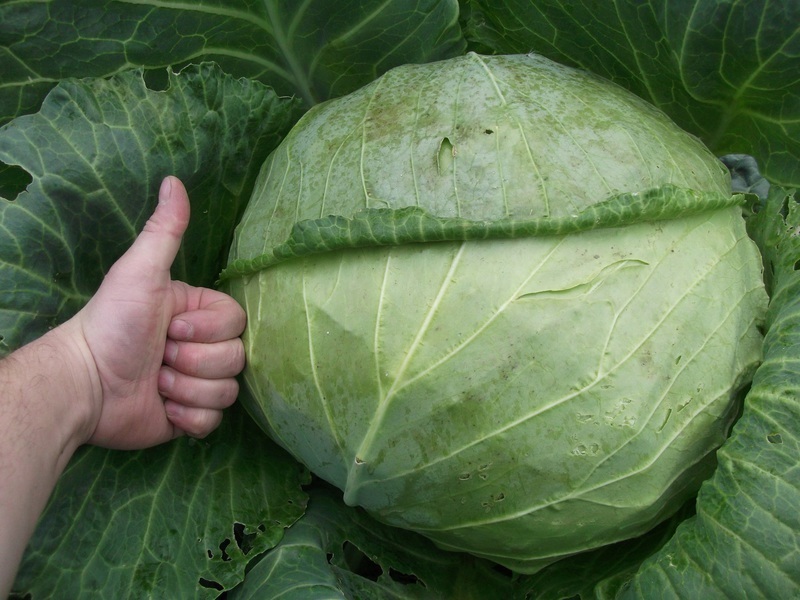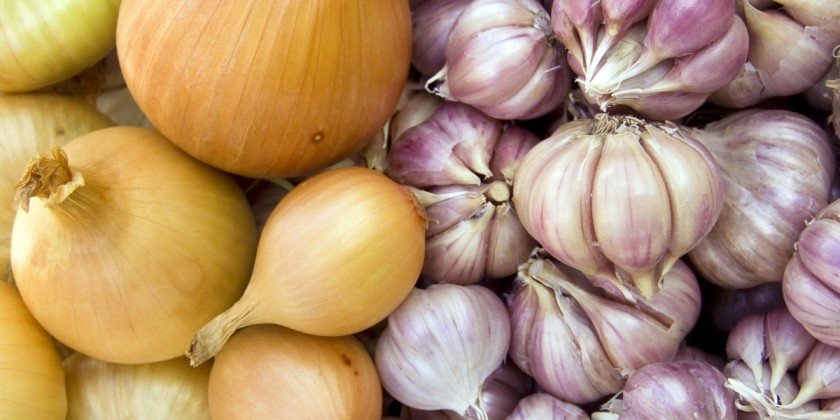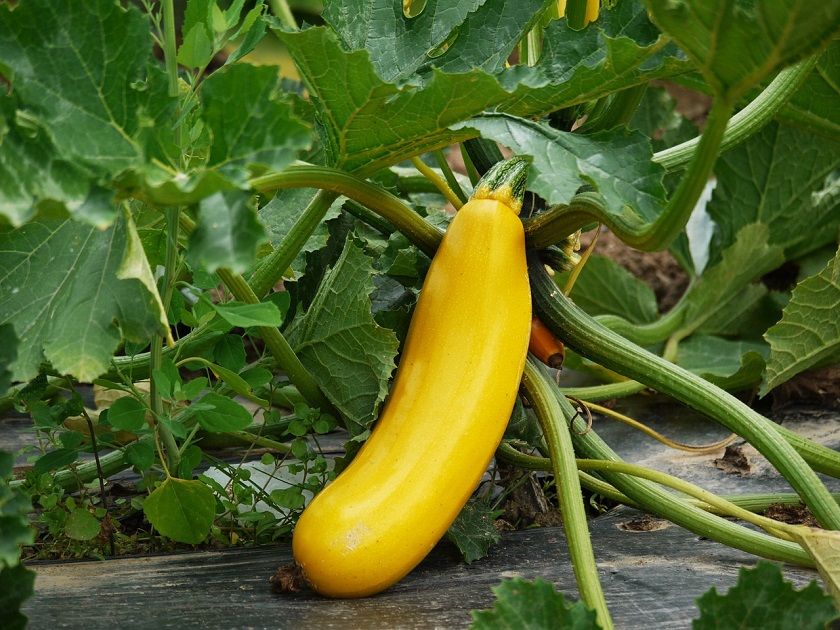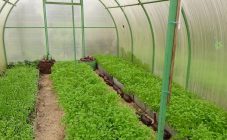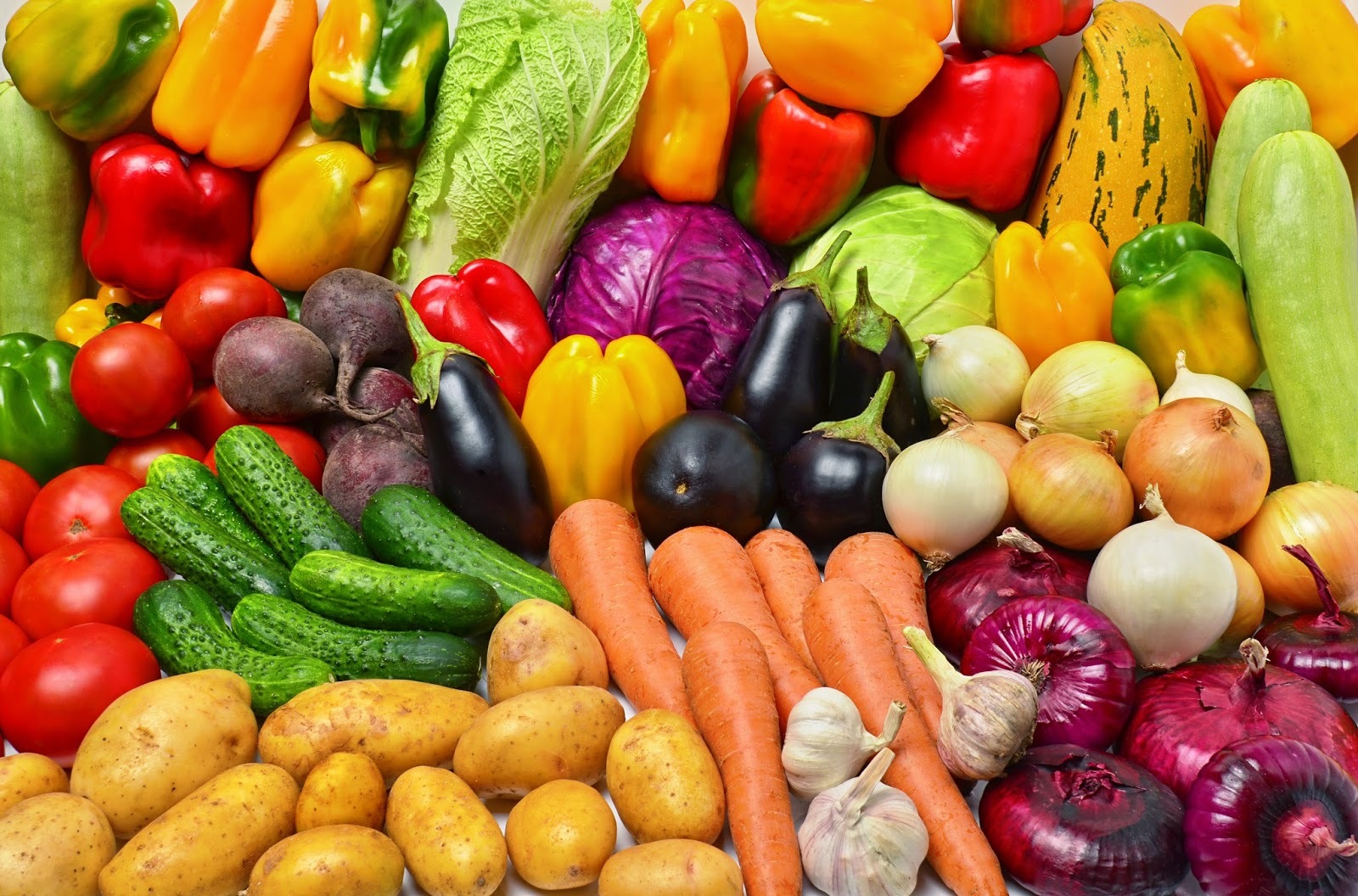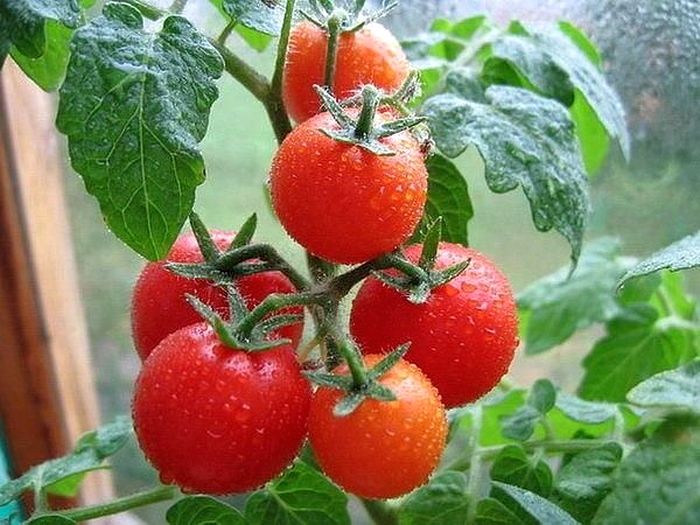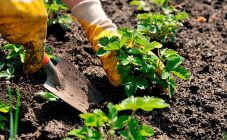Content:
Even in a small garden there is an opportunity to get a decent harvest of cabbage and other vegetables every year. The secret is crop rotation. This process consists in the annual rotation of crops in the beds. That is, different plants need to be planted on the same bed every year. But this must not be done thoughtlessly. There are scientifically based rules about which crops can be rotated and which cannot.
To understand the question of what can be planted after cabbage, you must start with general information about the garden culture itself.
Culture information
Cabbage (Brassica) is a common plant, representative of the Cruciferous family (Cabbage). Grown in many countries. In Russia, a vegetable can be found in almost every summer cottage, vegetable garden. It is also cultivated on an industrial scale.
The advantage of an agricultural plant is that it is not afraid of temperature changes; it grows well even in areas with a cool climate.
Cabbage comes in many varieties. Famous species of this culture:
- Heady. It can be white or red. The edible part is a head of cabbage, consisting of many leaves of medium thickness;
- Colored. Fleshy inflorescences are used for food, which grow closely. The color of the cauliflower depends on the variety. It can be cream, purple, green, yellow;
- Broccoli. A close relative of cauliflower. Very similar to her in appearance. But the head, formed from peduncles, is looser and taller. If you open the leaves and cut off a few buds, then new ones grow in their place. During the summer, you can harvest from one plant several times;
- Savoy. Resembles a white cabbage. Head of cabbage is also used for food. But its sheet plates are highly corrugated. Because of this, the head of cabbage is not as dense as that of the white cabbage;
- Leafy. She has no Kochanov. But there are curly, heavily lacy leaves. Their color is emerald or lilac. This species can be grown as a decorative decoration of the site.
The most common cabbage is white cabbage. On the basis of this type, we can say what to plant after the cabbage. In fact, all varieties are similar. They all have a powerful root system, like all Cruciferous plants, they can suffer from the same diseases. These characteristics of the crop can be called decisive in the choice of what to plant after the cabbage, as they explain the crop rotation.
Cabbage and crop rotation
Each plant feeds on substances from the soil differently. For example, cabbage with its powerful roots, which can penetrate to a meter depth, absorbs certain nutrients from the soil. Several times per season, the cabbage patch is fed. Ash, mullein, fertilizers containing phosphorus, potassium are introduced there. But even after such work, the cabbage bed is depleted by the fall.In addition, white cabbage is attractive to diseases and pests. After it, pathogenic microbes may remain in the soil.
Crop rotation is needed to:
- Eliminate soil contamination by pathogenic microorganisms. After all, if you plant the same plant in one place every year, certain pests will populate the earth in huge numbers. For example, cabbage is susceptible to diseases such as keela. It's a fungus. After harvest, it stays in place and infects the soil. Therefore, it is not recommended to grow cabbage on the same bed all the time. Otherwise, the keel in the soil can quickly infect young cabbage seedlings;
- Eliminate the depletion of the soil layer. Each plant has its own dietary preferences. Some crops take food from the lower soil layer, some - from the upper soil. If these plants are planted in the same bed in different years, then the use of nutrients will be rational, and the soil will not be depleted. Since while one culture takes food from the lower layer, the upper layer rests at this time and is saturated with the necessary elements;
- Increase the harvest. Crops from the same family have been shown to emit the same toxins. Therefore, if you use the garden bed to plant the same vegetables every time, the yield will suffer. Each year the grower will receive fewer and fewer vegetables. To increase yields, crops should be changed every year. With proper crop rotation, the soil will heal and the harvest will grow.
Best precursors for cabbage
To analyze the question "what to plant after cabbage next year?" stands from the very bottom of the crop rotation related to this crop, that is, from the best predecessors.
Vegetables after which cabbage will grow well:
- Bow;
- Peas;
- Beans;
- Lentils;
- Carrot;
- Garlic;
- Potatoes.
This choice is not an accident. The fact is that cabbage loves nitrogen. Fresh manure is allowed under it. That is why cabbage is placed as the first plant in a manure rotation. It is impossible to fertilize the soil in the garden with this organic fertilizer every year. It is allowed to apply fresh manure once every 2-3 years.
In the fall, a bed for cabbage is well dug up and fresh manure is embedded there. If you plan to plant a late variety of white cabbage, then spring is also suitable for preparing the garden.
All of the listed predecessors are the best for cabbage due to the fact that they do not need to fertilize the land with manure. But after them it can be done safely. The only exception for manure on this list is potatoes. It is a good precursor for white cabbage. At the same time, it is also allowed to close up strong organic matter under a tuberous vegetable.
The peculiarity of peas, beans, lentils is that during their development the earth is saturated with nitrogen. After these predecessors, brassica produces a quality crop. After onions, you can grow heads of cabbage without fear of diseases and pests.
What can you plant after cabbage
Summer residents who love their garden plan crop rotation for several years in advance. And it is right. The question "what to plant after cabbage in open ground?" should be set in summer when the heads of cabbage are just pouring.
When forming a list of vegetables that can be planted after brassica, the unpretentiousness to soil fertility, resistance to cruciferous diseases, and diet are taken into account.
List of vegetables:
- Patissons;
- Zucchini;
- Cucumbers;
- Pumpkin;
- Eggplant;
- Potatoes;
- A tomato;
- Pepper;
- Bow;
- Garlic;
- Carrot;
- Parsley;
- Dill.
Patissons, zucchini, cucumbers, pumpkin
All of these vegetables belong to the same family. Its name is Pumpkin. A distinctive feature of these crops is their unpretentiousness to the soil composition. Even in a garden bed that has been depleted in cabbage, good squash and pumpkin yields will be obtained, and a sufficient number of cucumbers and squash can be harvested.
Eggplant, potato, tomato, pepper
These are representatives of the Solanaceae family. They do not respond to cruciferous pathogens. Unlike brassica, they have different dietary patterns, and they consume different micronutrients from the ground.
Onion garlic
The crops represent the Onion family. Onions and Crucifers differ in diet. Garlic and onions spend more food on the underground parts, and cabbage on the aboveground ones. Therefore, they are not rivals for important micronutrients. Onions and garlic thrive in cabbage patches.
Carrot
An orange root vegetable from the Umbrella family is strikingly different from cabbage. The root system of carrots is also developed, but it lies deeper (up to two meters) than that of cabbage (up to one meter). Therefore, they have different dietary patterns. Sowing carrots after brassica is also possible due to the fact that it is not afraid of viruses and fungi that are attached to cabbage.
Parsley dill
Fragrant herbs also from the Umbrella family are distinguished by their unpretentiousness. This is the perfect answer to the question "what to plant after the cabbage?" It is not so important for them what kind of soil is in the garden. Therefore, these vitamin crops can be grown on the ground, from which cabbage has taken almost all its nutrition.
What can not be planted after cabbage
Among the crops that will find it difficult to grow in the garden after white, colored, broccoli or other types of brassica, all representatives of the Cruciferous family stand out. We are talking about the cabbage itself, rutabaga, radishes, radishes, mustard, etc. This can provoke a surge in the incidence and attacks of harmful insects. In addition, beets, strawberries, peas, lentils, soybeans will feel uncomfortable after cabbage.
How to properly alternate cultures (table)
Many gardeners ask not only the question “what to plant after cabbage next year?”, But also want to simulate planting for several years ahead. Then you need to know which vegetable to plant for which, and when to return the cabbage back to your garden.
Crop rotation table of cabbage with other crops by years
| Culture | 1 year | 2 year | 3 year | 4 year | 5 year | 6 year |
|---|---|---|---|---|---|---|
| Cabbage | + | + | ||||
| Carrot | + | |||||
| Solanaceous (eggplant, potato, tomato, pepper) | + | |||||
| Onions (onions, garlic) | + | |||||
| Umbrella (parsley, dill) | + | |||||
| Pumpkin (squash, zucchini, cucumbers, pumpkin) | + |
Benefits of Alternating Cabbage Planting This table is only a guideline, not a reference. Therefore, it is recommended to return the cabbage to its original place every 4-5 years.
- Thanks to crop rotation, you can save cabbage from pests and diseases. After cabbage, known pests and pathogenic microorganisms remain in the ground. If crops are planted in this land that are not susceptible to these diseases, pests, then harmful microorganisms and insects do not accumulate in the soil;
- Avoid poisoning with toxins. Each plant releases specific substances. But toxins have a negative effect only on members of one family. If you observe crop rotation and plant different plants, they will not be poisoned and will be healthy;
- The soil is not depleted. Proper crop rotation allows the accumulation of nutrients;
- Increased productivity. Changing the beds for plants has a positive effect on their yield.
Crop rotation is an important element of gardening.Knowing which vegetable grows best after cabbage or another specific crop, you can get a good harvest, improve soil fertility, and avoid the accumulation of harmful microorganisms and pests.
